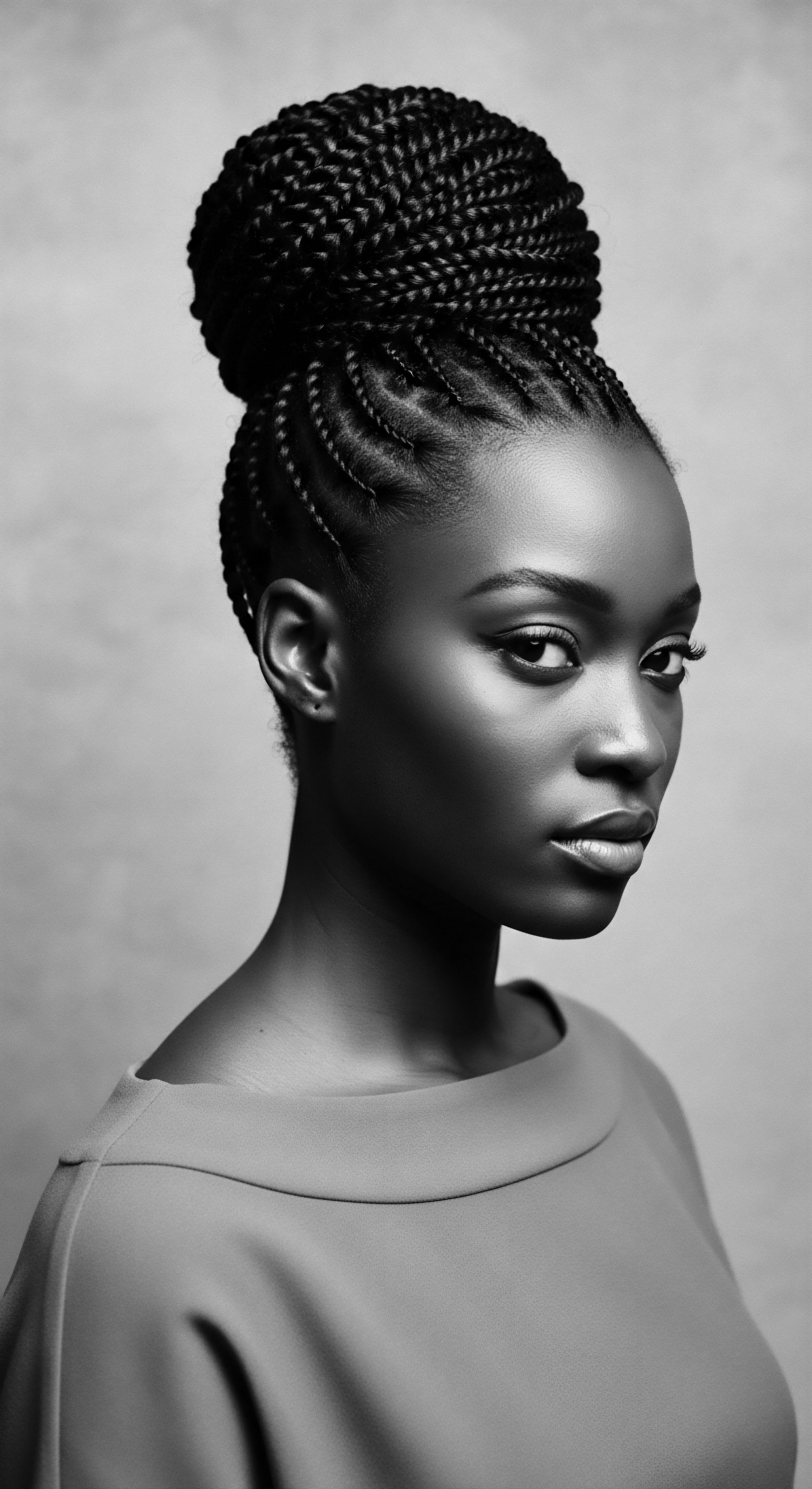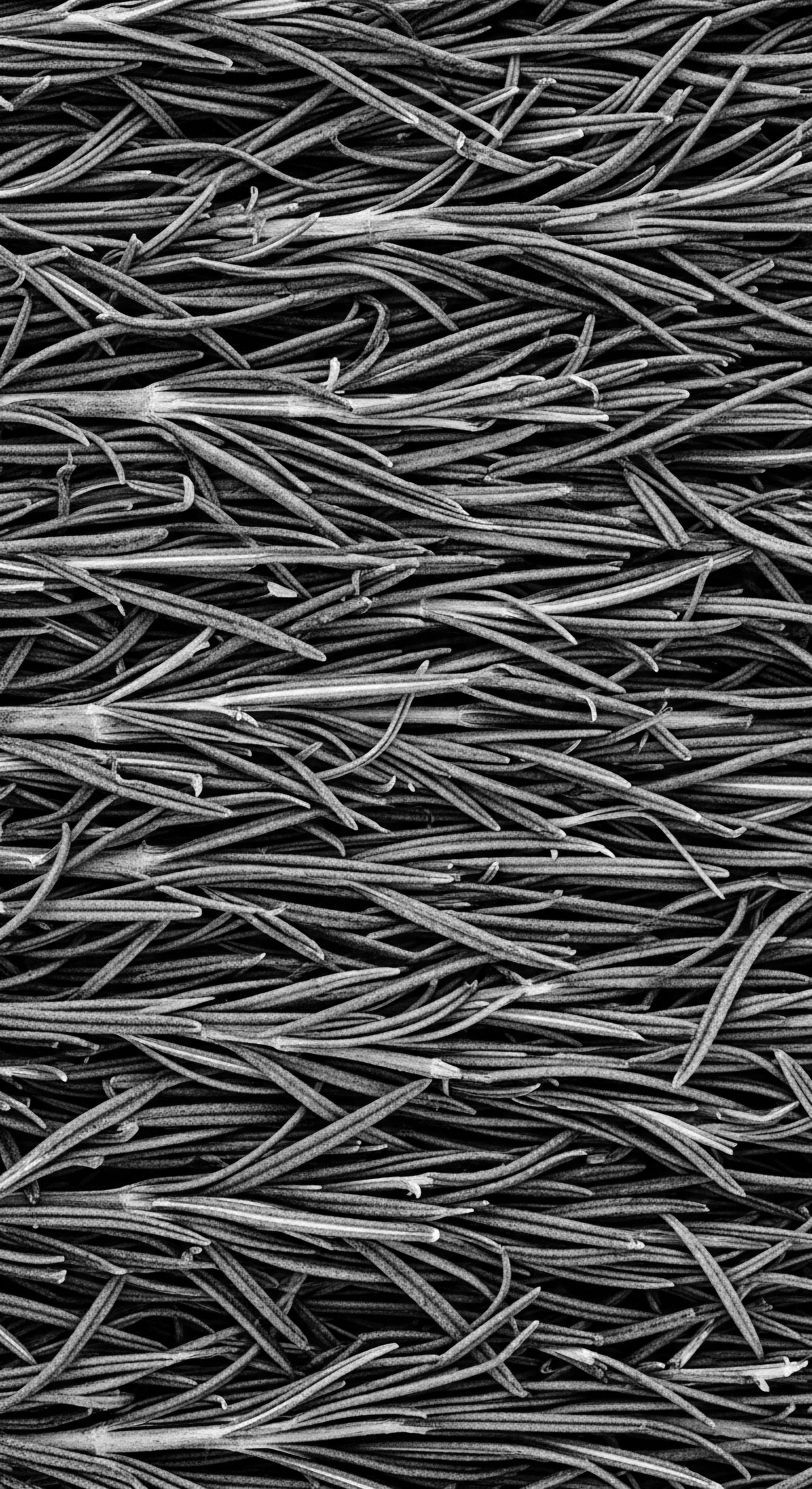
What ancestral hair care practices reveal insights for today’s textured hair regimens?
Ancestral hair care practices offer enduring wisdom on natural ingredient usage, protective styling, and holistic well-being, deeply shaping contemporary textured hair regimens through a rich heritage of resilience.

What traditional practices inform textured hair care?
Traditional practices, deeply rooted in ancestral wisdom, emphasize gentle handling, natural ingredients, and protective styling for textured hair's health.
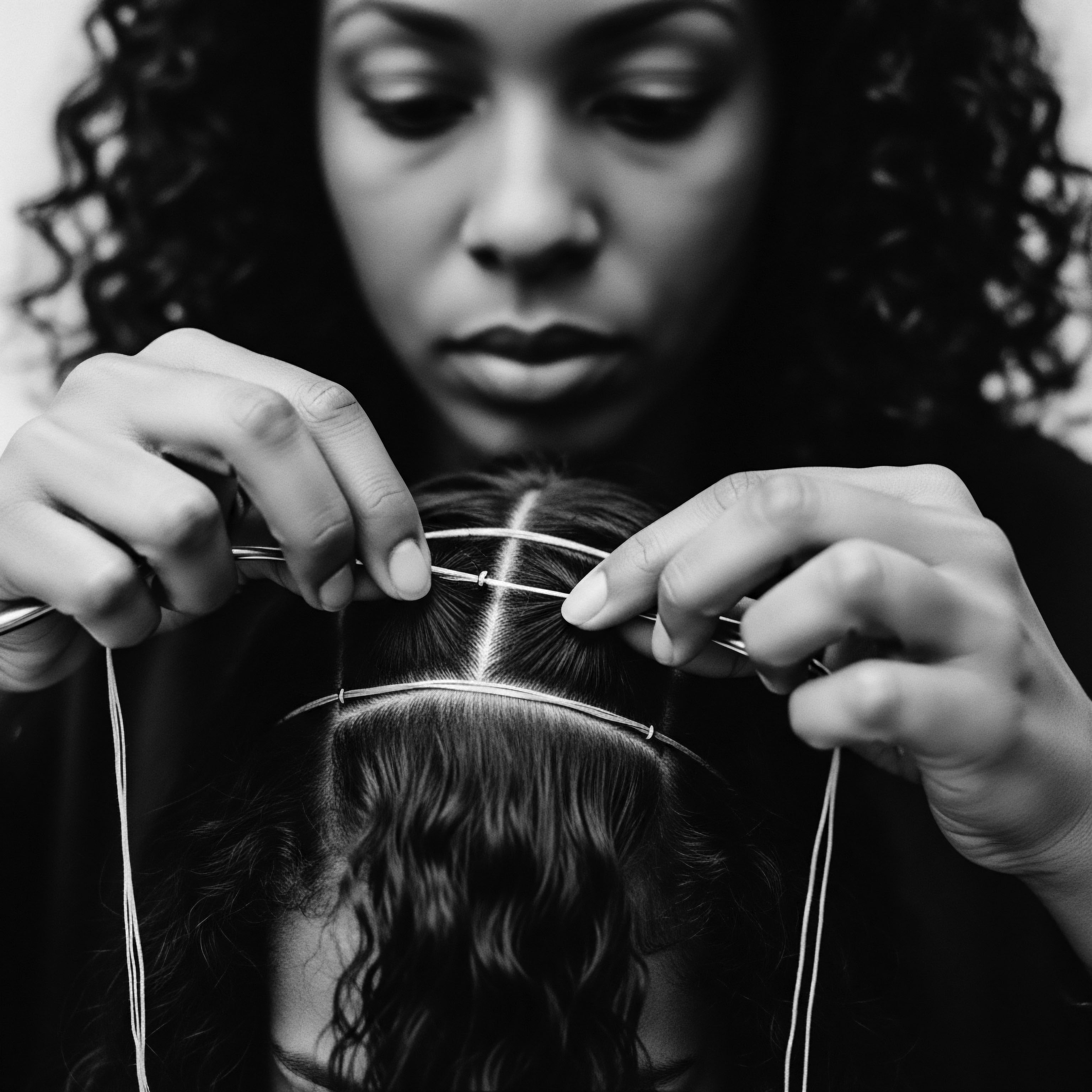
What ancient practices protected textured hair from breakage and dryness?
Ancient practices safeguarded textured hair from breakage and dryness through protective styling, natural oil applications, and communal care rituals.

Coil Protection History
Meaning ❉ Coil Protection History chronicles the enduring efforts across generations to preserve and dignify textured hair through ancestral wisdom and evolving care.
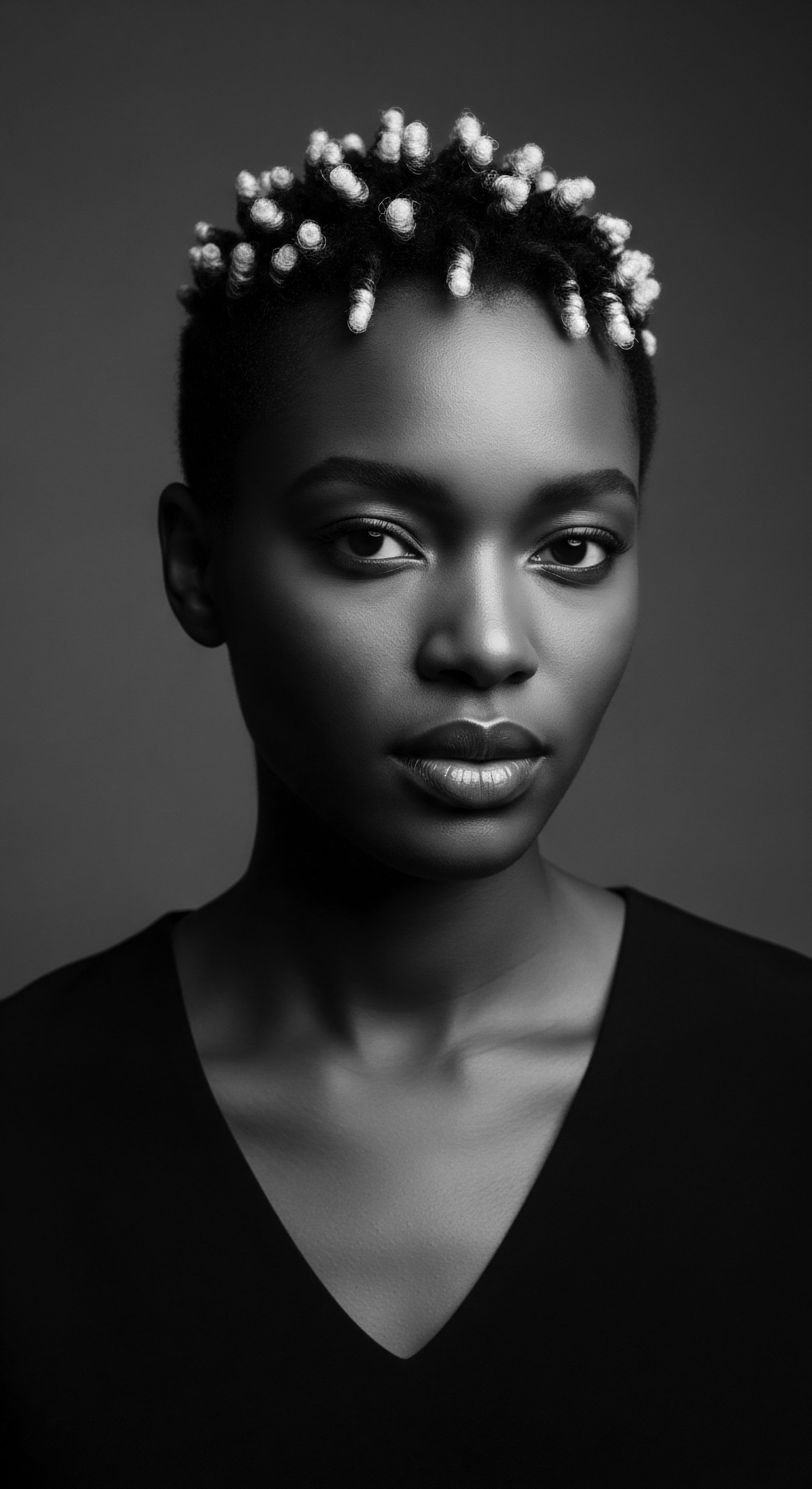
Mukanda Mask
Meaning ❉ The Mukanda Mask is a conceptual framework representing the protective, cultural, and ancestral layers of care inherent in textured hair heritage.
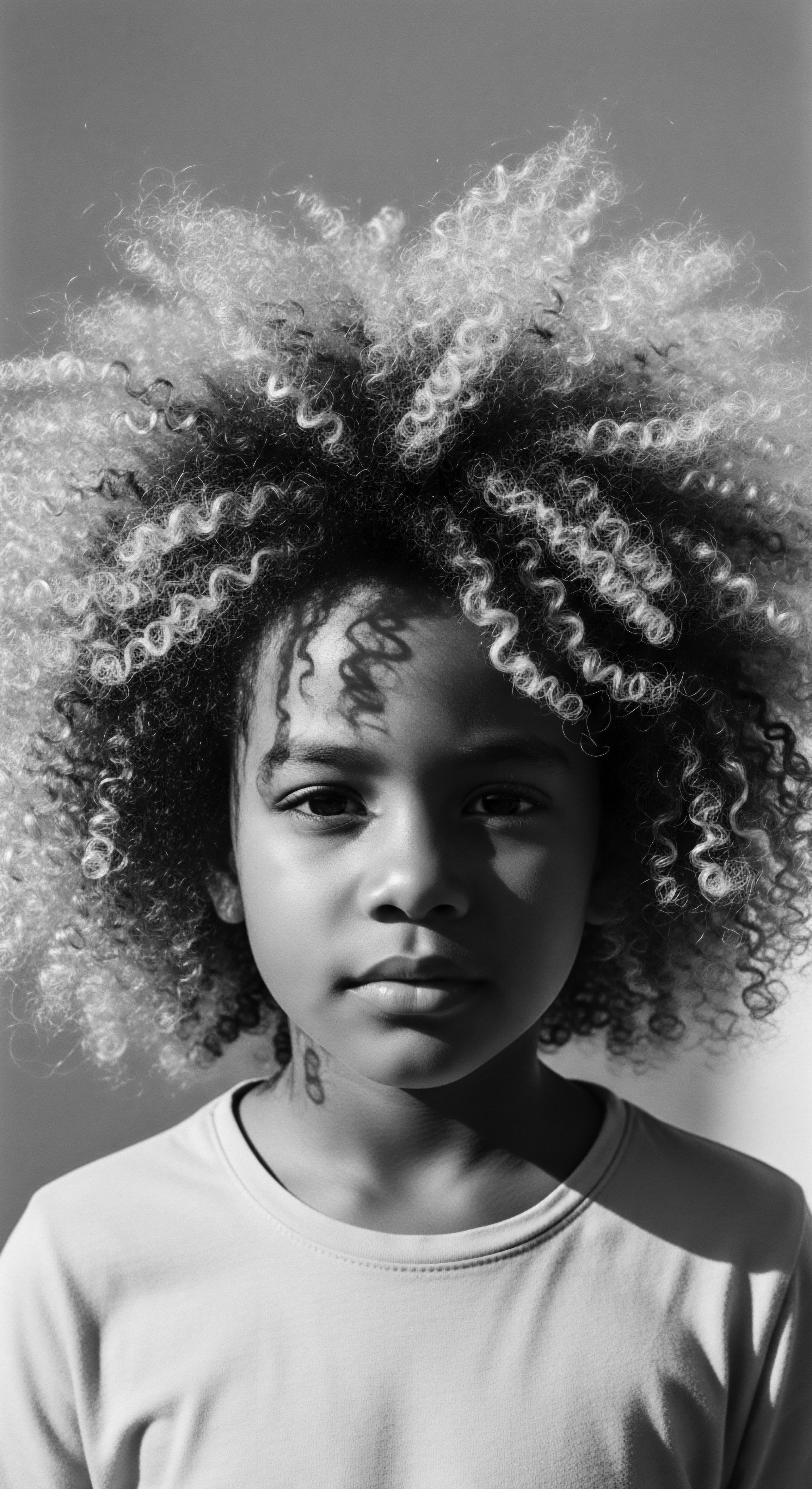
What ancestral hair tools can inform contemporary textured hair care methods?
Ancestral hair tools provide foundational wisdom for modern care, emphasizing gentle manipulation and protection.
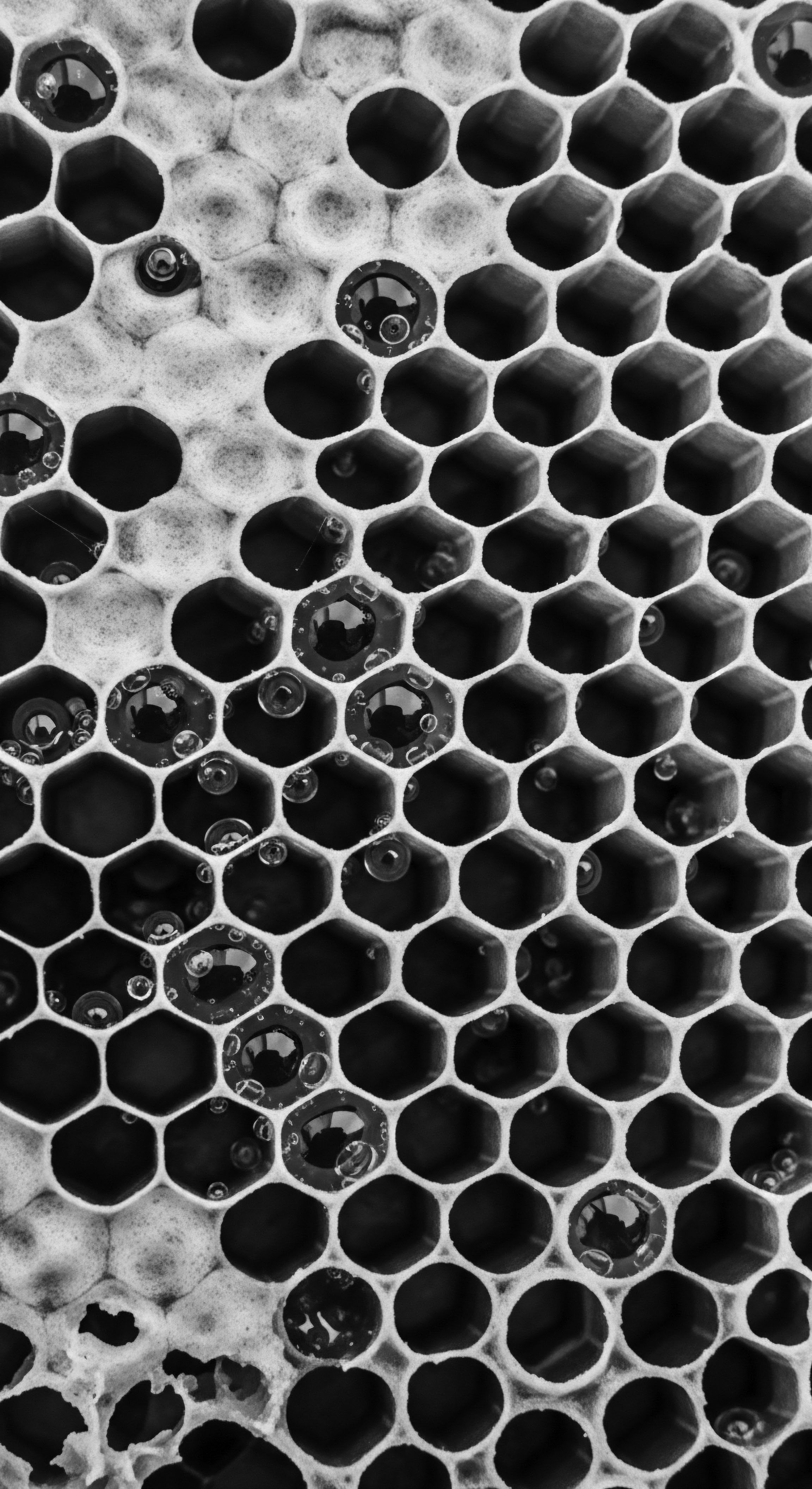
What is the historical importance of hair bonnets in textured hair care?
Hair bonnets hold historical weight in textured hair care, embodying ancestral wisdom, resilience against oppression, and continuous cultural affirmation.
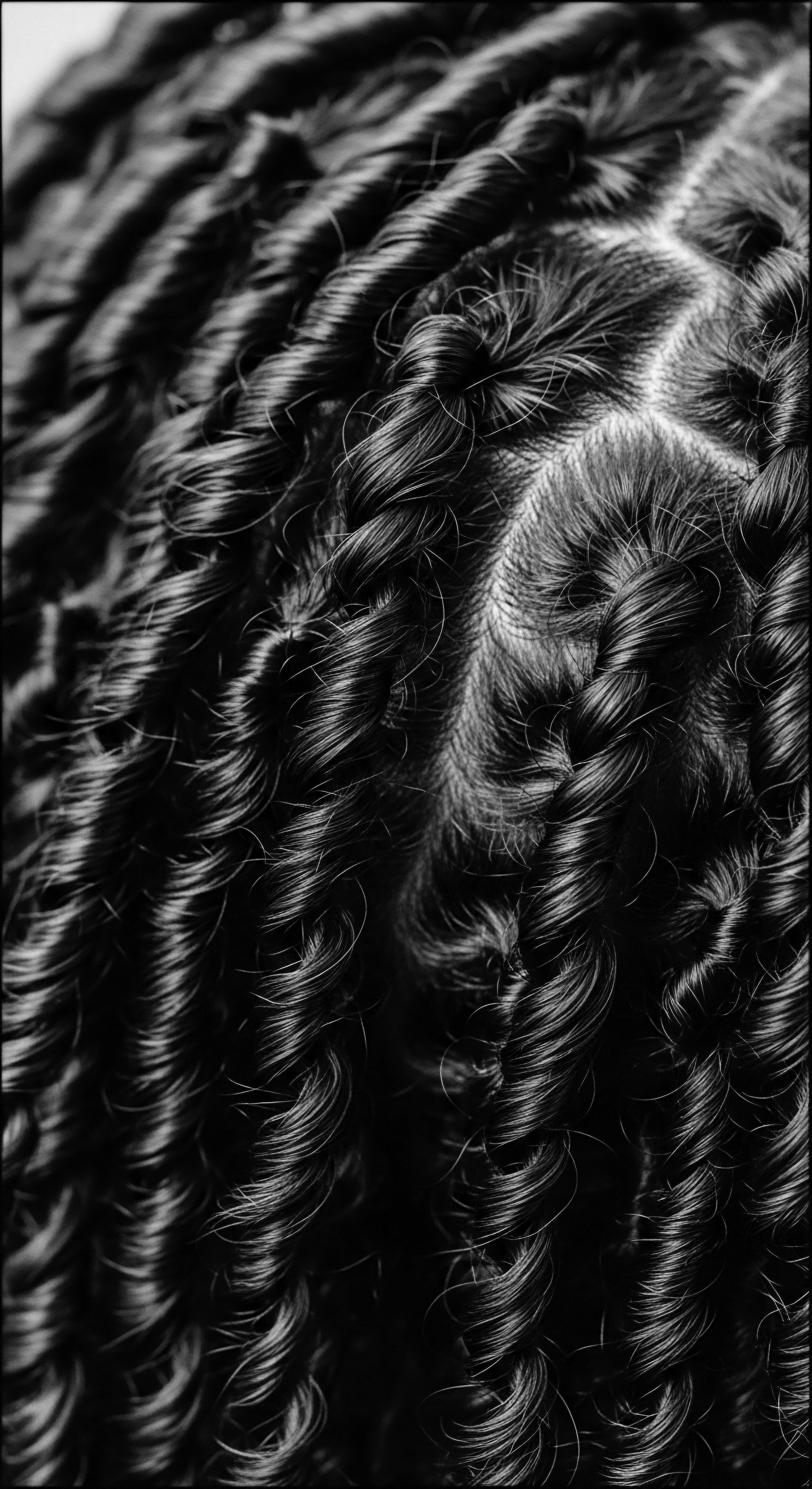
Fulani Silk Method
Meaning ❉ The Fulani Silk Method is an ancient West African practice using tension and natural emollients to smooth and elongate textured hair.

What ancient cultural practices nourished textured hair across generations?
Ancient cultural practices nourished textured hair through indigenous botanicals, protective styles, and communal rituals that honored its unique biological and spiritual heritage.
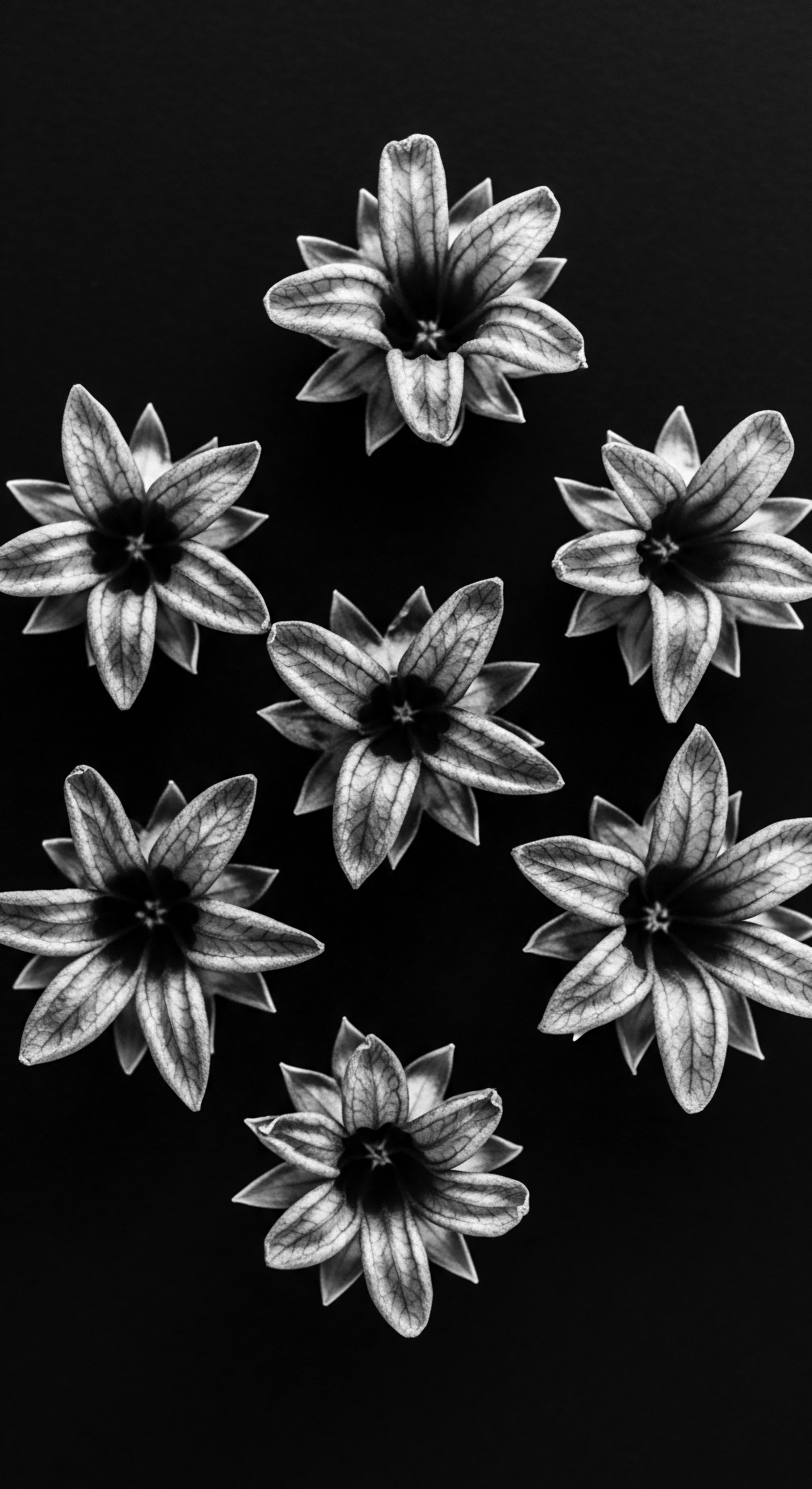
How does ancestral practice influence textured hair moisture?
Ancestral practices significantly influence textured hair moisture by employing natural emollients and protective styles to seal hydration, preserving hair vitality across generations.

How do ancestral hair rituals protect textured hair from environmental damage for sustained length?
Ancestral hair rituals protected textured hair through natural emollients, intricate protective styles, and consistent gentle care, promoting sustained length.
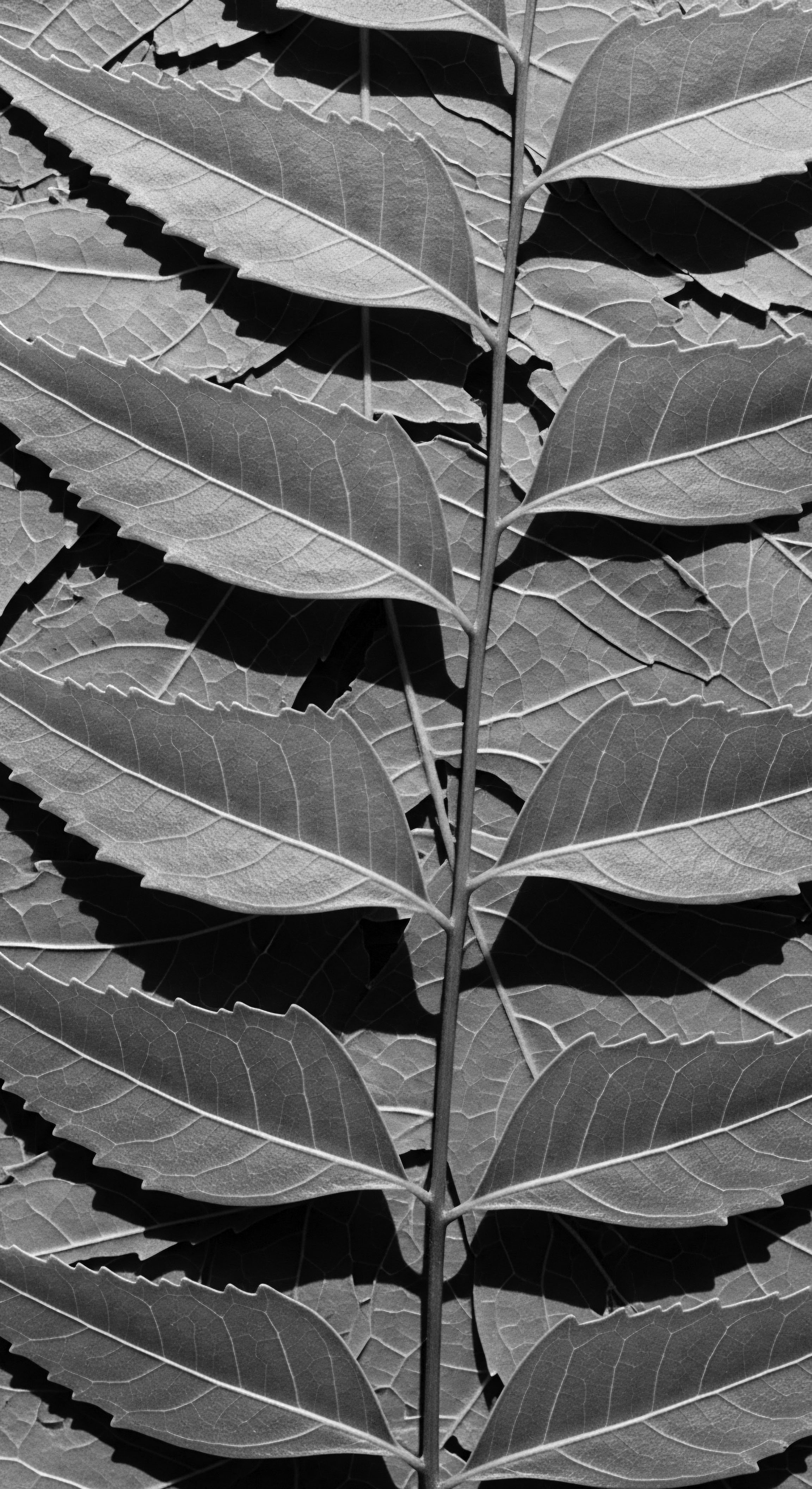
What historical practices preserve the unique heritage of textured strands?
Historical textured hair practices, rooted in ancestral knowledge, preserve heritage through protective styling, natural ingredients, and communal rituals.
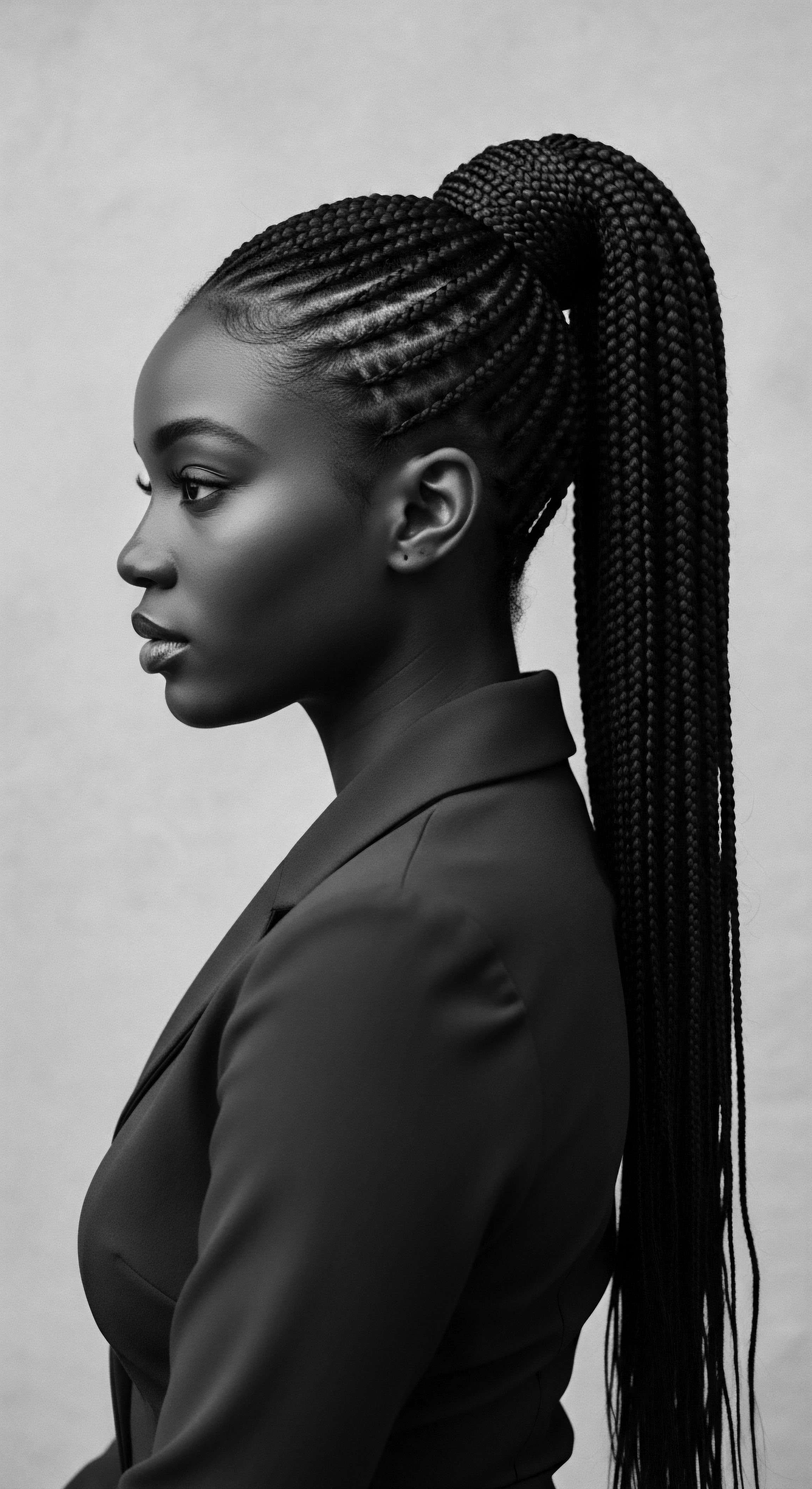
Hair Biology Protection
Meaning ❉ Hair Biology Protection encompasses the inherent safeguards and applied practices ensuring the structural integrity and vitality of hair, deeply rooted in ancestral knowledge and tailored for textured hair.

Ancestral Braiding Wisdom
Meaning ❉ Ancestral Braiding Wisdom is the generational knowledge of textured hair care and its cultural, spiritual, and communicative significance.
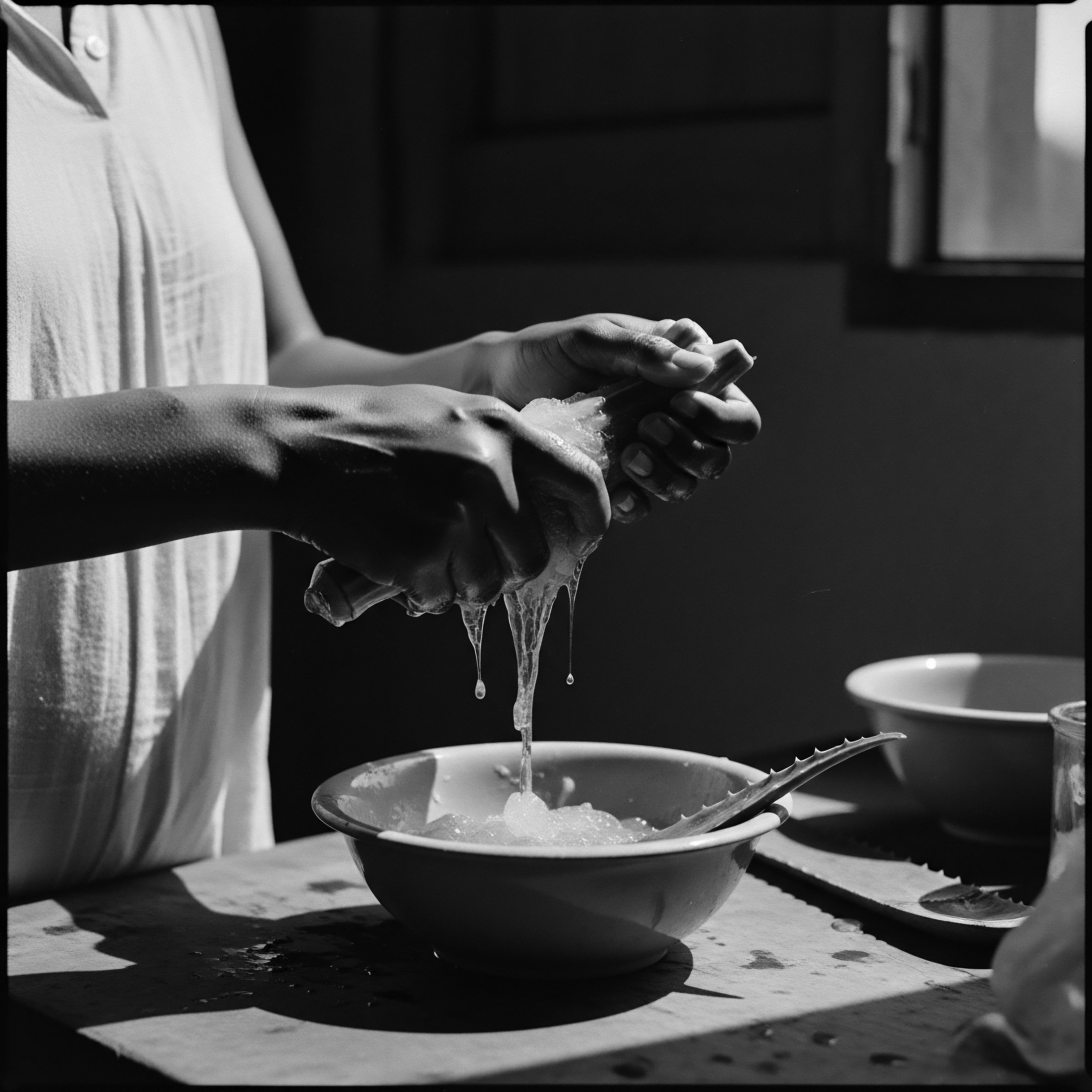
In what ways did enslaved women adapt head coverings as resistance?
Enslaved women transformed imposed head coverings into vibrant symbols of resistance, preserving their identity and heritage.
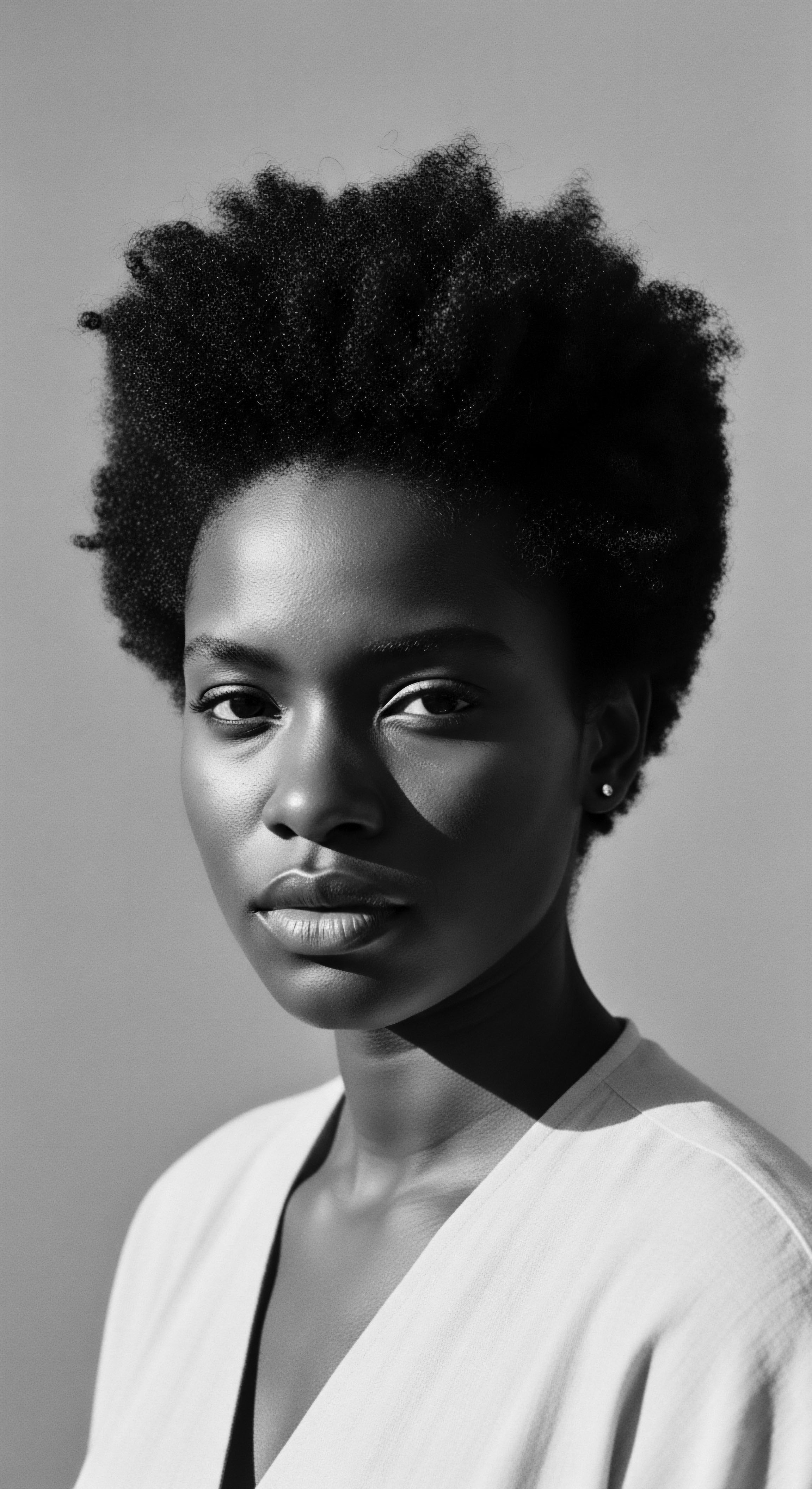
How do traditional African hair practices benefit textured hair?
Traditional African hair practices deeply benefit textured hair by preserving moisture, reducing breakage, and upholding cultural identity across generations.

How does modern hair science confirm ancestral care practices for textured hair?
Modern hair science affirms ancestral care for textured hair by revealing biological reasons behind traditional practices that preserve hair heritage.

Did historical hair protection practices influence modern textured hair care?
Historical hair protection practices profoundly shape modern textured hair care, upholding a heritage of resilience and cultural significance.

Hair Lineage Genetics
Meaning ❉ Hair Lineage Genetics is the inherited biological blueprint of hair, shaping texture and linking individuals to their cultural and ancestral heritage.

Hair Structural Delicacy
Meaning ❉ Hair Structural Delicacy defines the intrinsic vulnerabilities of hair fibers, especially textured hair, requiring culturally attuned care practices rooted in ancestral wisdom.

Which ancestral practices protected textured hair from environmental damage?
Ancestral practices protected textured hair through natural oils, butters, and strategic styling to shield it from environmental damage, honoring hair heritage.
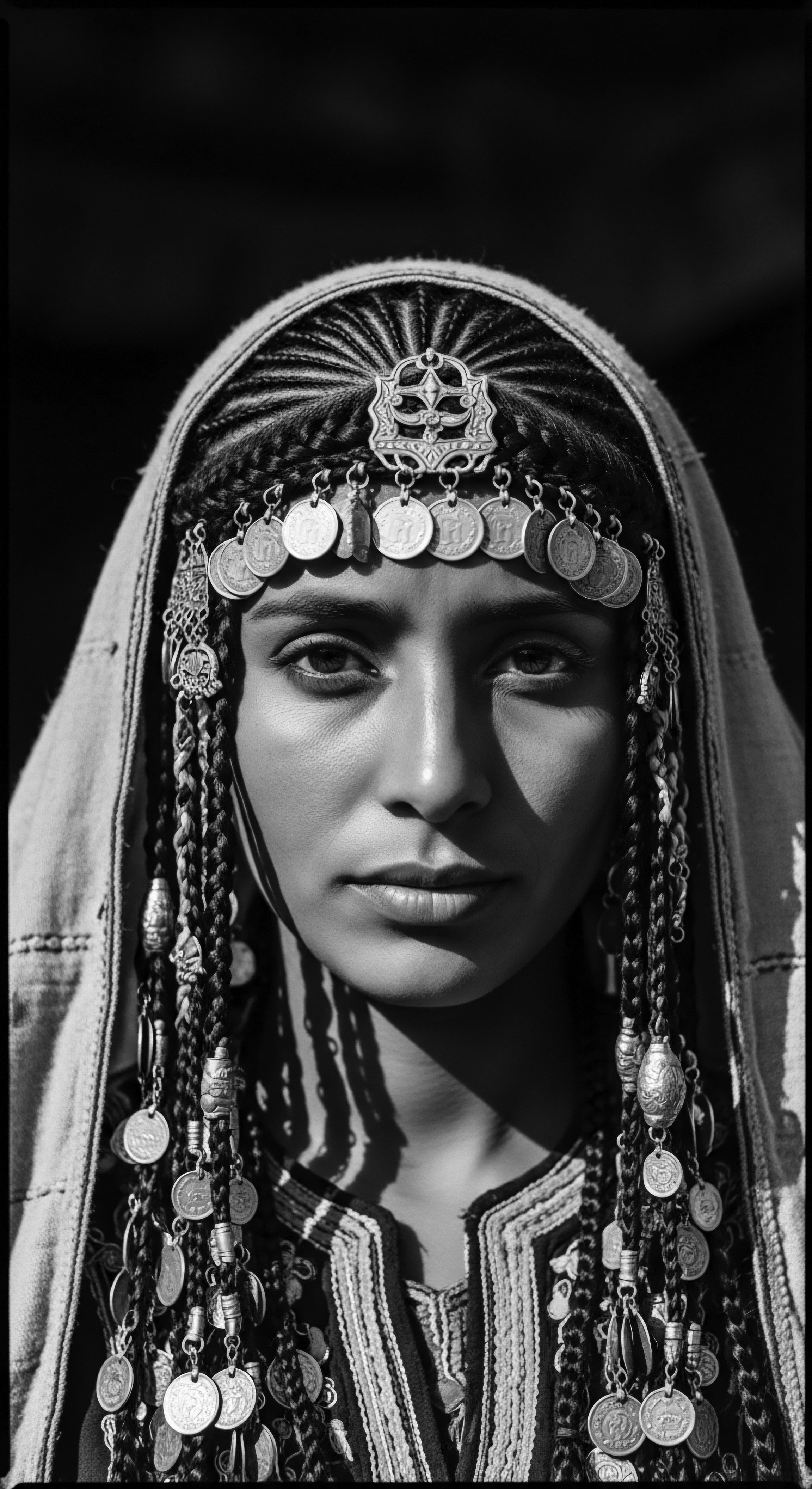
Material Friction
Meaning ❉ Material Friction is the resistance between hair surfaces, profoundly influencing textured hair health, historically managed through ancestral care rituals and cultural practices.

What ancestral hair practices balance moisture for textured hair?
Ancestral practices for textured hair hydration honored its unique biology through natural ingredients and protective styles for lasting vitality.
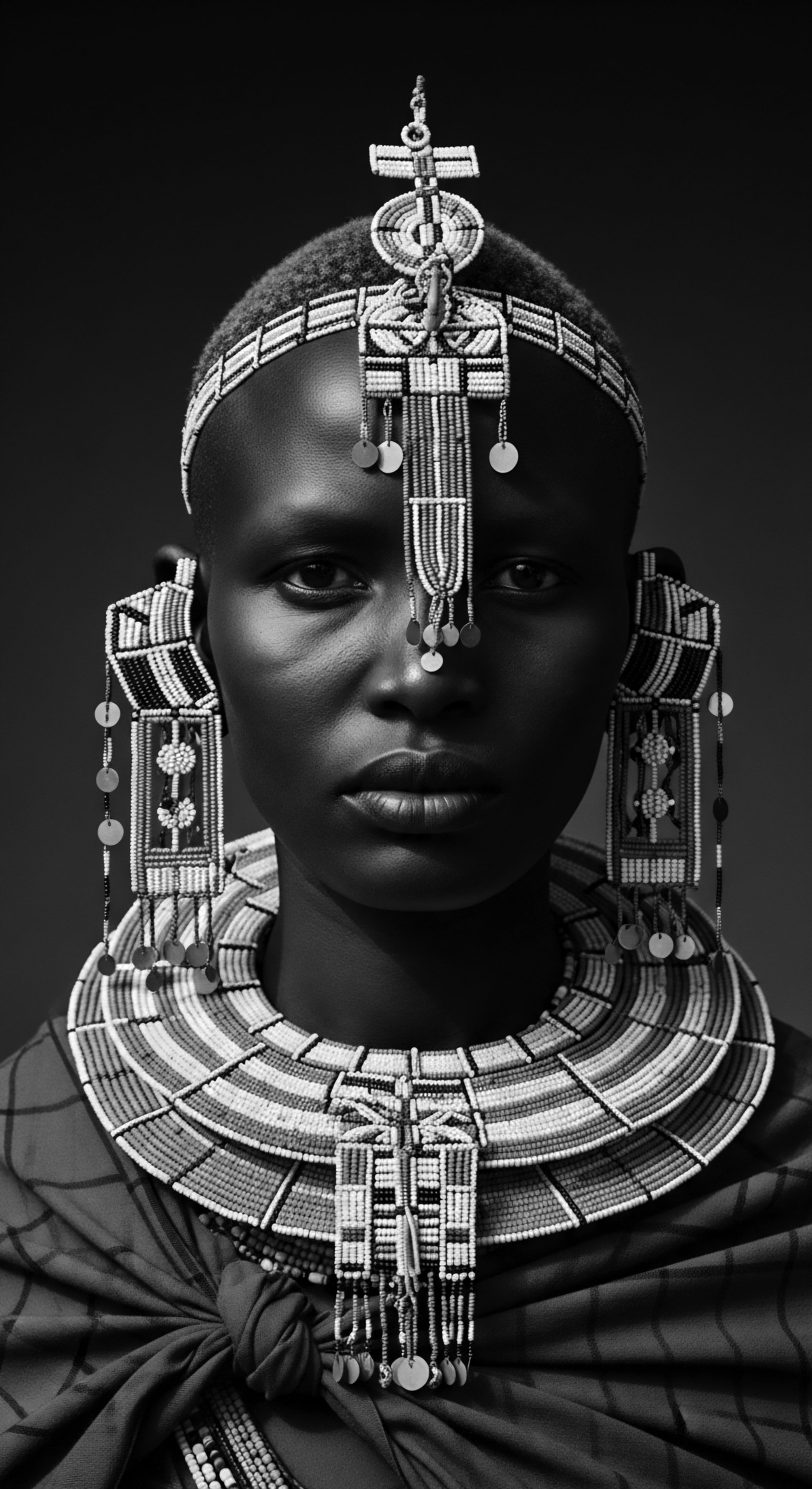
In what ways do ancient Egyptian hair care traditions influence textured hair heritage today?
Ancient Egyptian hair care traditions deeply influence textured hair heritage today through shared protective styling, natural ingredient use, and hair's powerful cultural symbolism.
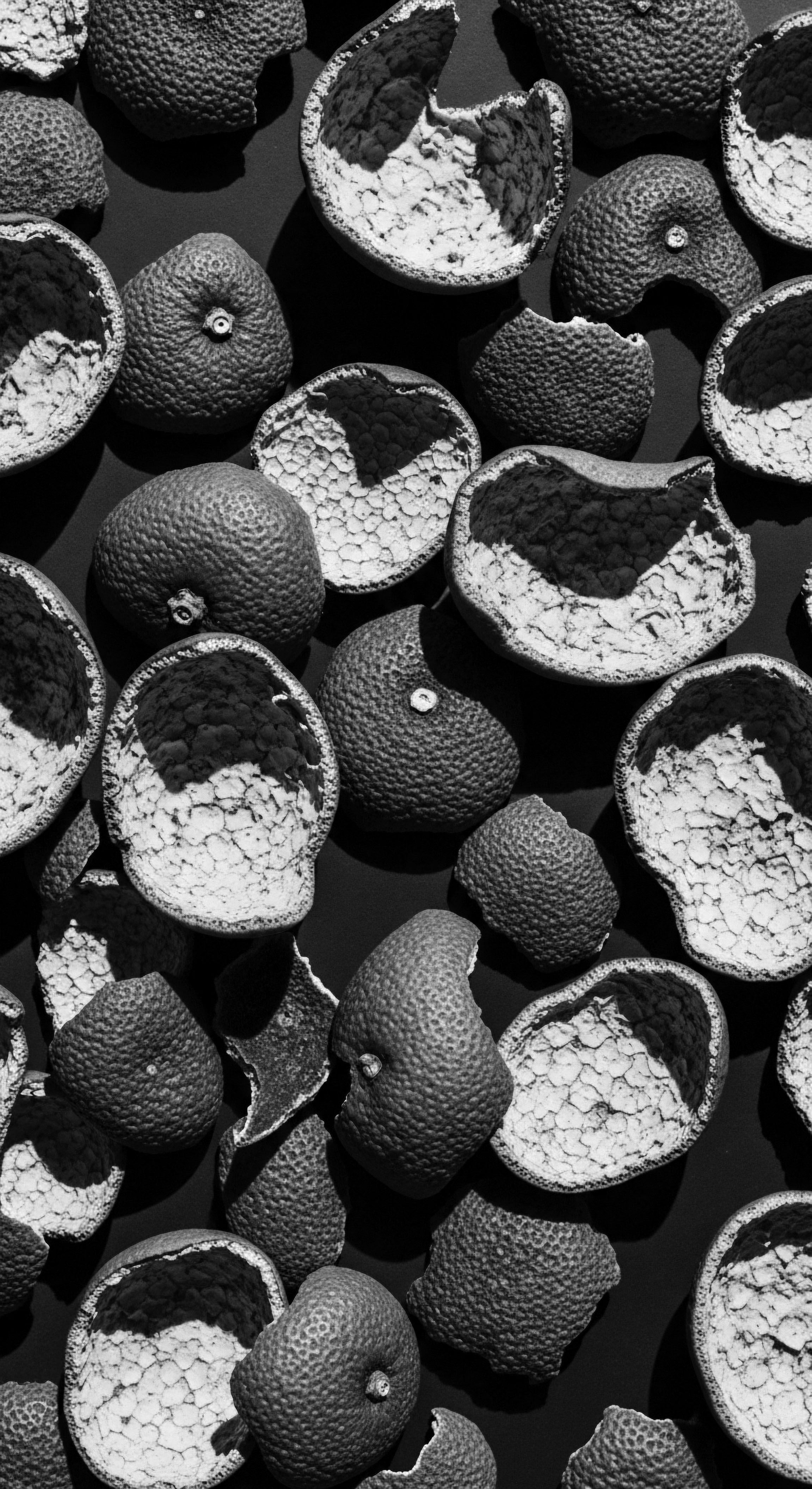
In what ways do genes affect textured hair’s resilience?
Genes determine textured hair's unique follicle shape and bond density, influencing its resilience and profoundly connecting to cultural heritage and ancestral care traditions.
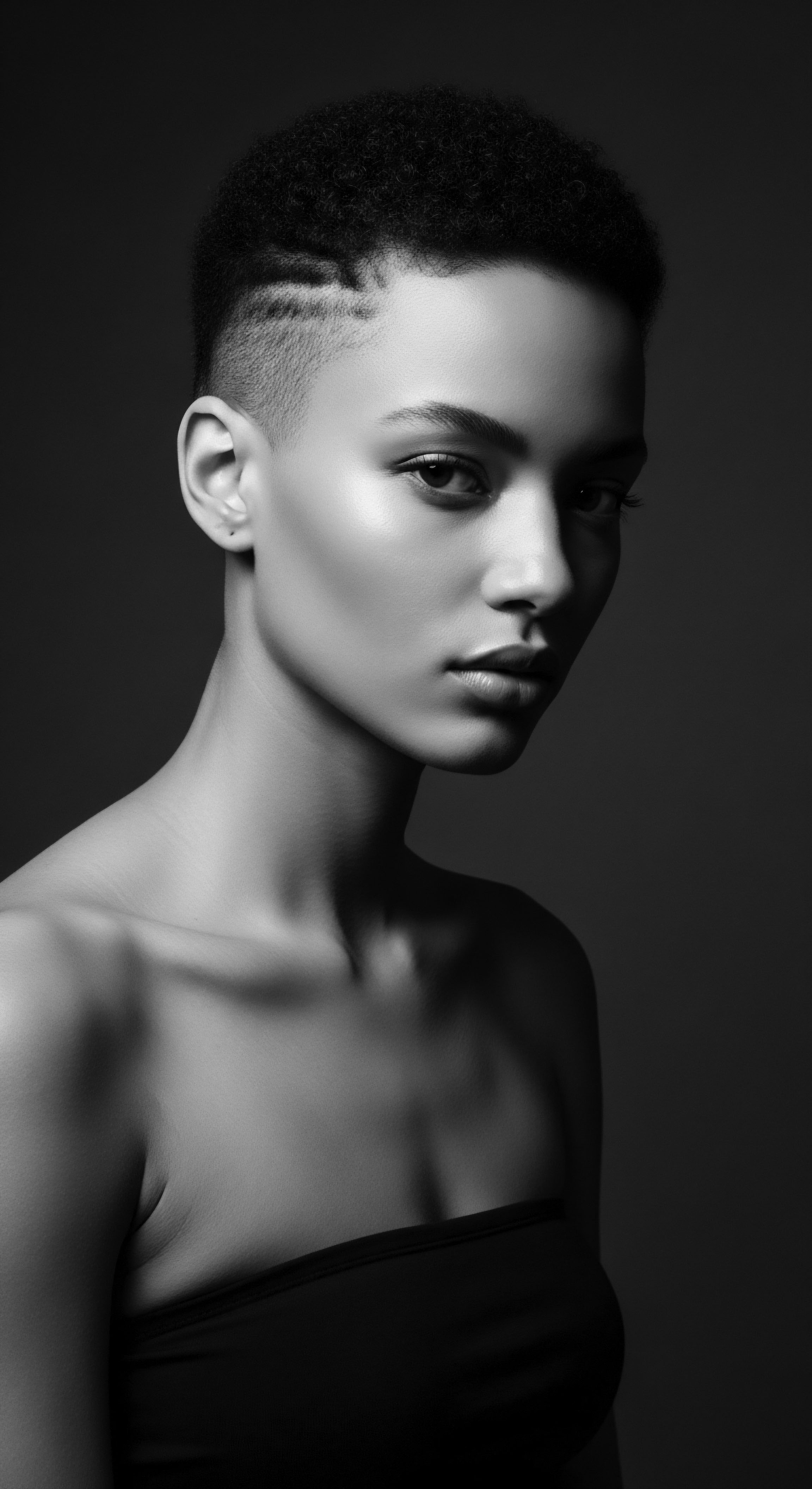
What historical hair practices shaped contemporary textured styles?
Historical hair practices, rooted in ancestral wisdom and resilience, deeply shaped contemporary textured styles by preserving cultural identity.

What ancestral practices honored textured hair biology?
Ancestral practices honored textured hair biology through protective styles, natural ingredients, and communal rituals that revered its unique heritage.
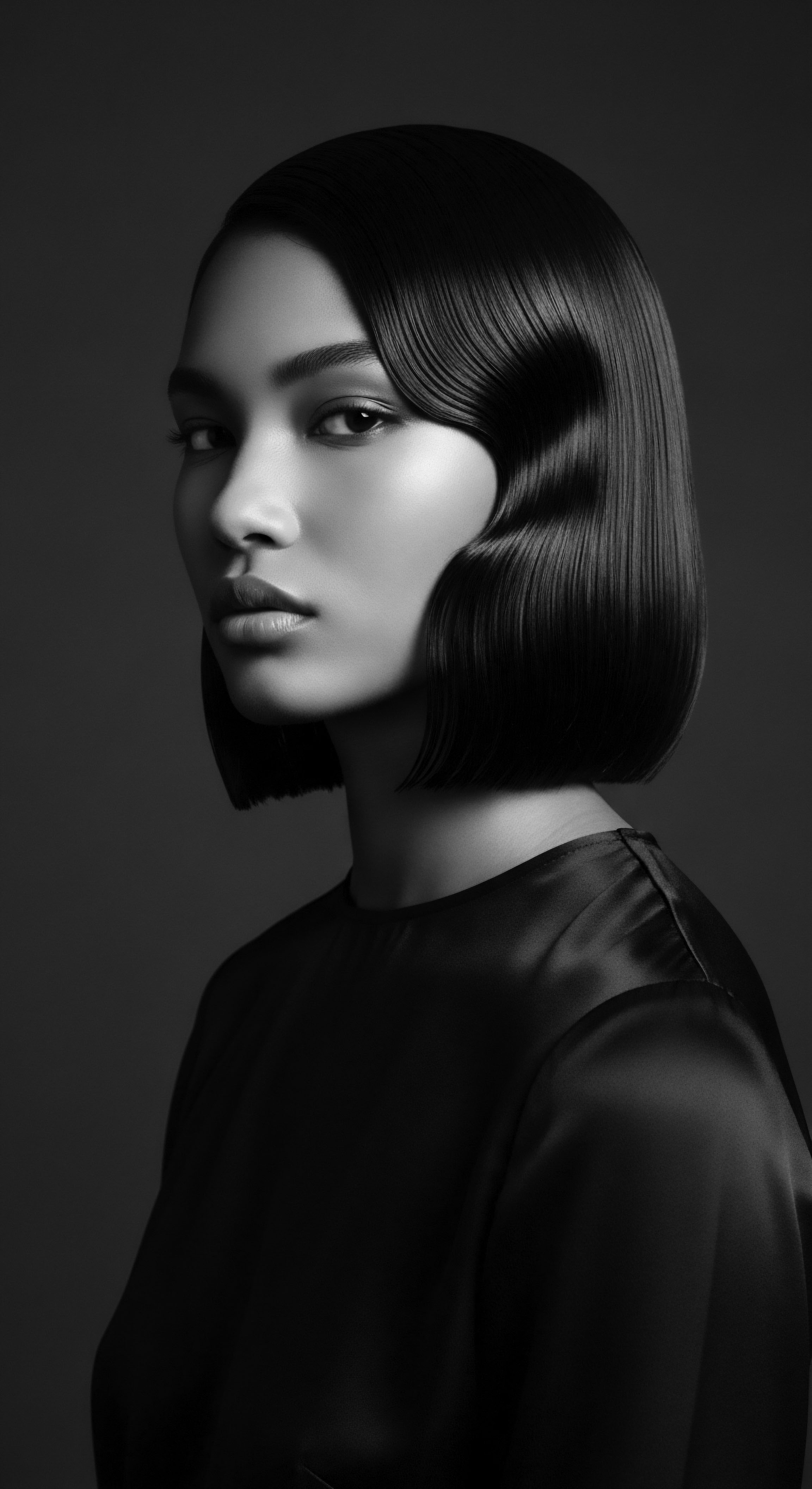
What historical tools influenced protective styling for textured hair?
Historical tools for textured hair care, from ancient combs to threading, deeply influenced protective styling by prioritizing hair health and cultural expression.

